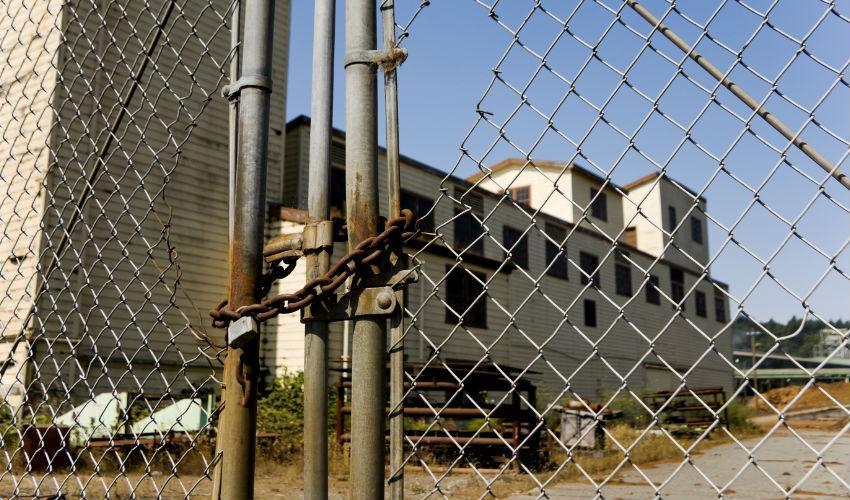
The Controllers That Report the Risk of a Crisis
NOW THERE IS NO SUCH THING AS BANKRUPTCY, BUT ONLY A FORMAL CHANGE. MARCELLO GABOARDI EXPLAINS THE MOST SUBSTANTIAL NEW APSECTS INTRODUCED BY THE CODE OF BUSINESS CRISIS AND INSOLVENCYGoodbye, “bankruptcy”. In 2019, the term was replaced in the Italian law by “judicial liquidation”. This is one of the formal innovations introduced by the new law on business crisis and insolvency. There are also a number of substantial new norms aimed at making insolvency prevention more effective. “Addressing the crisis before it is irreparable and ensuring business continuity increases the chances of finding win-win solutions for all actors involved”, says Marcello Gaboardi, Assistant Professor of Civil Procedure Law and Bankruptcy Law.
Qualified public creditors such as tax agencies and social security agencies have new reporting obligations. If they do not report a potential state of distress, they risk losing their status as privileged creditors. The law also establishes a distress composition body which, a little bit like in civil disputes mediation, is aimed at helping the distressed company to return to solvency through agreements with creditors. Gaboardi is skeptical about its effectiveness. “Composition bodies have little impact”, he notes. “They lack knowledge of the principles and the techniques of mediation. Not to mention the cases in which there are hundreds if not thousands of creditors and the composition is difficult, to say at least”.
In addition to introducing a single proceeding to enter all procedures, whether it be judicial restructuring or liquidation, the new law takes into account the evolution of the figure of the debtor. When the bankruptcy law was first written, in 1942, the debtor was in most cases an individual entrepreneur. The reform strengthens the discipline of corporate bankruptcy and introduces a new set of rules for the management of the insolvency of groups of companies, giving a central role to liability actions brought by creditors of a subsidiary against its parent company.
Read more about this topic:
Financial Crises: Who Can Predict Them and How. By Carlo Favero
The Ratio of Uncertainty
The Lunar Algorithm That Predicts the Future
How Companies Overcome a Crisis
by Claudio Todesco
